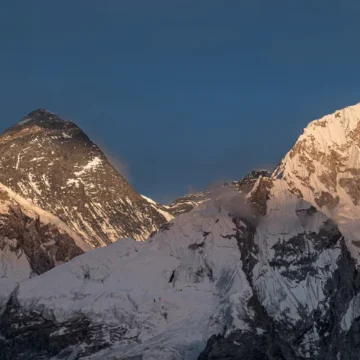
How High Winds Affect Your Trekking Plan?
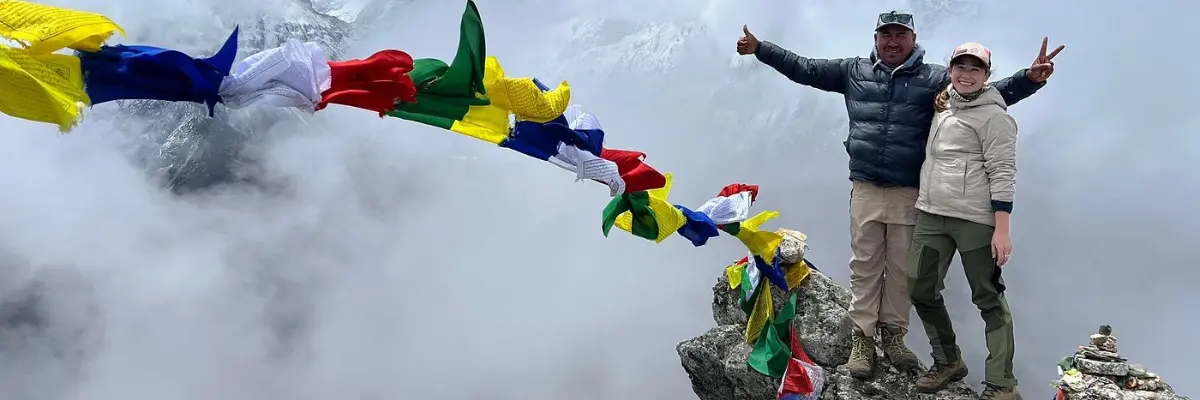
Table of Contents
Trekking the rough, pristine lands of the Himalayas is an awe-inspiring adventure. However, trekking in high altitudes is often associated with high winds on a trek. It is one of the most underestimated challenges on the trek.
While most of the trekkers are afraid and prepared for altitude sickness and cold, they often forget about high-speed winds. But they are equally challenging and even presumed dangerous.
From sudden gusts on narrow ridges to relentless afternoon winds in high valleys, wind can impact your balance, visibility, body temperature, and overall safety.
Therefore, understanding the nature of wind in the mountains, when and where it tends to strike hardest, and how to be prepared for a safe and successful trek is essential.
Is It Safe to Hike When It’s Windy?
A strong wind might blow up dust, sand, snow particles, and sometimes even small pebbles. So, it’s better to be cautious when there are strong winds.
Winds on a trek can range from a pleasing gentle breeze to a bizarre force of nature. Especially around steep climbs and at teahouses, a light, soft wind feels refreshing.
However, if there are strong gusts, strong enough to alter your balance and reduce visibility, we suggest you halt trekking. Trekking during these conditions is risky.
Generally, if the wind speed is more than 40 km/h (25 mph), particularly around exposed narrow ridges, high passes, or sections with loose footing, trekking in such strong winds around these areas is unsafe.
So, if the winds are moderate, you are well prepared, and the trail isn’t exposed, it is safe enough to hike. However, if the winds are strong enough to alter visibility and create difficulties in trekking, it can be dangerous. It’s best to wait it out or adjust your plan.
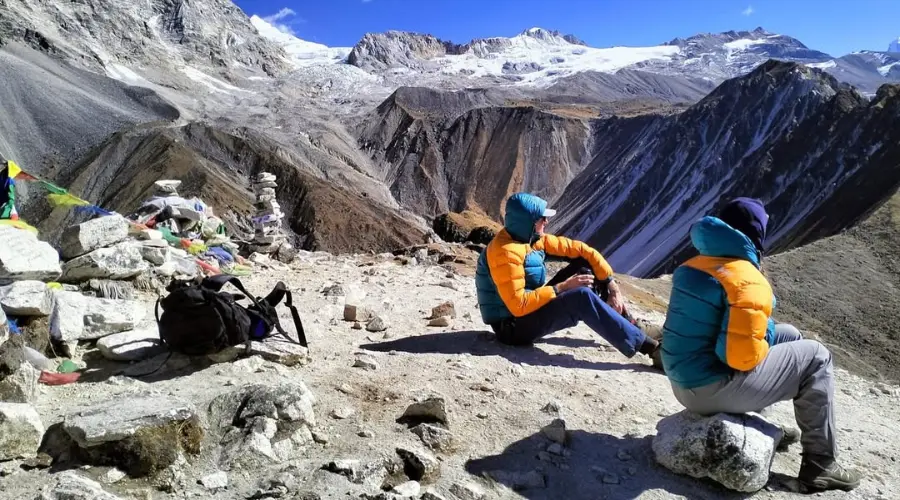 Trekkers resting during the trek
Trekkers resting during the trek
Factors Affecting Winds on Trek
There are several factors affecting winds on the trek. Some of the factors are:
Altitude: The higher you go, the stronger the wind tends to be. Mountains funnel and accelerate wind, especially around ridges and passes.
Geography: Valleys can channel winds, especially in the afternoon when warm air rises rapidly.
Season: Pre-monsoon (April–May) and post-monsoon (October–November) seasons are windier, especially in high-altitude desert areas like Mustang on the Upper Mustang Trek.
Time of Day: Mornings are usually calmer. Winds pick up in the afternoon as the sun heats the terrain, creating air pressure changes.
Weather Systems: Storm fronts and jet streams can cause sudden high winds, particularly in regions near the Himalayas.
What Is Considered “High Wind” in Trekking?
When trekking, especially in high-altitude regions like the Himalayas, “high wind” generally refers to wind speed strong enough to affect balance, visibility, or body temperature. Wind over 30 km/h (about 18 mph) is noticeable on open trails and can make it more difficult to walk.
Wind speeds over 50 km/h (about 31 mph), especially in exposed areas such as ridgelines or mountain passes, are considered potentially dangerous. Such winds can make it hard to stand upright, increase the risk of accidents, and exacerbate wind chill. This can lead to frostbite or hypothermia.
Above 60 km/h (37 mph) is categorised as a gale-force wind, and one should not trek under such conditions unless it’s absolutely necessary and only under professional guidance.
When and Where Are Winds Strongest in Nepal?
Winds in the mountains are constantly changing. They tend to blow on a daily and seasonal pattern. Typically, winds are soft, gentle early in the morning hours and grow heavier as the sun heats the terrain, between 11 am and 4 pm. The daily pattern is more distinct in the spring and fall trekking seasons in Nepal.
Geographically, high passes like Thorong La, Renjo La, and Kongma La are particularly susceptible to strong winds due to their altitude and exposure. In the same way, high-altitude valleys like Manang and Upper Mustang have fierce afternoon winds, as warm air rushes through narrow corridors and amplifies the natural airflow.
Trekkers are advised to cross these high winds on the Trek as early as possible to avoid the peak wind hours.
Tips for Dealing With High Winds on a Trek
- Trek as early as possible to avoid strong afternoon winds.
- Use reliable sources to be updated on the weather.
- Use proper gear like trekking poles and windproof jackets.
- Include extra days in your itinerary to compensate for weather delays.
- Use a layered clothing system and wind-resistant clothes to maintain body temperature.
- Trekking in groups can increase safety and decision-making.
- Be mentally prepared for any unforeseen changes to the itinerary or, sometimes, even needing to return.
- Walk slowly and at a constant pace to maintain balance and reduce fatigue.
- Always wear a hat to be protected against heat loss and sun exposure.
- Use gloves to protect your hands from frostbite and maintain dexterity.
- Use scarves or balaclavas to protect your face and shield against windburn and cold.
Common High Wind Zones on Treks in Nepal
Some trekking regions in Nepal known for their high winds are:
| Trek Location/Pass | Trek Route | Approx. Wind Speed | Best Time to Cross | Altitude (m/ft) | Remarks |
| Thorong La Pass | Annapurna Circuit Trek | 50–70 km/h (31–43 mph) |
Before 8:00 AM | 5416 m/17,769 ft | Strongest winds after mid-morning; very exposed and icy terrain. |
| Kongma La Pass | Everest Three Passes Trek | 40–60 km/h (25–37 mph) |
Early Morning | 5535 m/18,159 ft | Narrow ridgeline; wind can be combined with snow. |
| Renjo La Pass | Gokyo Lake Trek | 45–65 km/h (28–40 mph) |
Before 10:00 AM | 5360 m/17,585 ft | Crosswinds are common; fantastic views but very exposed. |
| Upper Mustang | Upper Mustang Trek/Lo Manthang | 35–55 km/h (22–34 mph) |
Afternoons (avoid) | 3840 m/12,598 ft | Dusty desert winds, strongest after midday, carry face protection. |
| Manang Valley | Annapurna Circuit Trek | 30–50 km/h (18–31 mph) |
After 11:00 AM (builds up) | 3540 m/11,614 ft | Daily up-valley winds funnel through narrow spaces. |
| Gokyo Lakes & Gokyo Ri | Gokyo Lake Trek | 40–60 km/h (25–37 mph) |
Before 9:00 AM | 4790 m/15,715 ft (Lakes), 53560 m/17,585 ft (Ri) | Lakeside winds pick up with the sun; the steep climb is exposed. |
| Larkya La Pass | Manaslu Circuit Trek | 50–70 km/h (31–43 mph) |
Very early morning | 5106 m/16,752 ft | Cold, high winds near the top can turn into a whiteout. |
| Dhampus Pass | Dhaulagiri Circuit Trek | 45–65 km/h (28–40 mph) |
Mid-morning | 5240 m/17,192 ft | Isolated area; few shelters and strong headwinds. |
| Tilicho Lake Trail | Tilicho Lake Trek | 30–50 km/h (18–31 mph) |
Midday (avoid) | 4919 m/16,138 ft | Wind across the lake is sharp and sudden; exposed trail. |
What is Wind Chill, and why is it important?
When the wind combines with cold air, you feel the wind is cooler than it actually is on your skin. Such a condition is termed wind chill. Even if the temperature on the thermometer reads 0°C, a strong wind can feel like -10°C or colder.
Especially on fingers, nose, and ears, if exposed for long intervals, the risk of frostbite increases. Likewise, in such situations, the dangers of hypothermia, dehydration, and fatigue pose significant risks.
So, we suggest you pack accordingly for the wind chill and carry windproof outerwear, even if the day is clear and warm.
Local Insights: Sherpa and Guide Experience
Ask any Sherpa or seasoned Nepali guide, and they’ll tell you— “Don’t fight the mountain; respect it.”
Local guides are experts in reading cloud movements, wind shifts, and pressure changes. They often adjust itineraries to cross high passes early in the morning before the winds pick up. Sherpas also know the best wind-sheltered spots and how to manage a group in adverse conditions.
Some helpful habits from the locals:
- Start early, especially on windy trails.
- Carry scarves or buffs to shield the face.
- Walk in formation, staying low and centred during strong gusts.
- Listen to nature—whistling rocks or swaying grass may signal incoming wind.
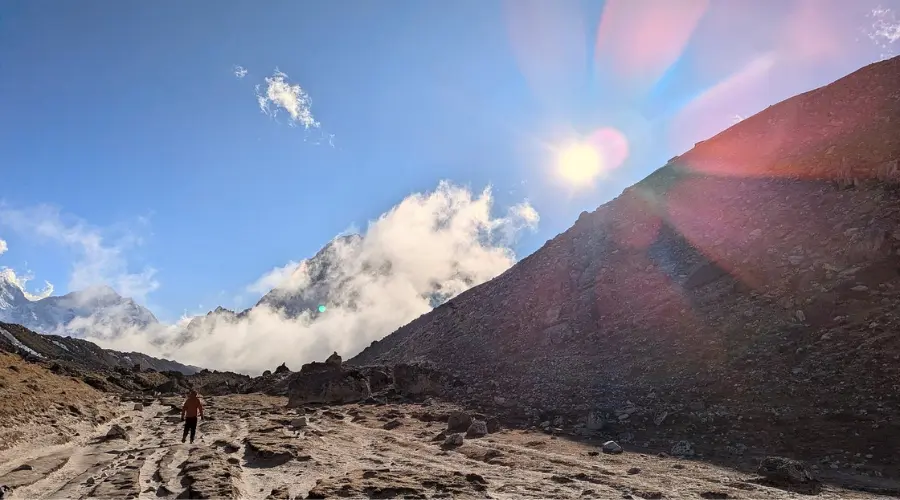
FAQs
At what wind speed is mountain hiking considered unsafe?
Wind speed above 50 km/h (31 mph) is considered dangerous, which affects balance and increases the risk of accidents.
How are high winds measured?
High winds are measured using anemometers, which provide real-time data on wind speed and direction.
Is wind more dangerous than snow or rain?
While snow and rain increase the difficulty of the trek, strong winds can cause imbalance, temperature fluctuations, and potential avalanches, too.
Which season has the strongest winds in Nepal?
Spring (March-May) and autumn (September-November) seasons comparatively have stronger winds, especially in high-altitude regions.
Which popular Himalayan passes in Nepal are most wind-exposed?
High-altitude mountain passes in Nepal, like Thorong La, Larkya, Renjo La, and many others, are notoriously known for their exposure to strong winds.
What happens if you’re caught in high winds mid-trek?
Seek immediate shelter, may it be natural caves, reduce exposures, and wait for conditions to improve. If required, we suggest descending to lower elevations.
How do local guides handle windy weather?
Local guides are constantly on the route, so they are well-known for the route and wind conditions. So, they will adjust itineraries and trek time to navigate safely through or around high-wind areas.
Are there shelters near high passes?
Some high mountain passes have emergency shelters or teahouses nearby. However, they might not always be available, so plan accordingly.
Can I still enjoy my trek if it’s windy?
Yes, with proper preparedness and gear, even trekking in windy or any kind of conditions is enjoyable.
Want to know more?
Speak to an Expert





Sandip Dhungana
Nepal 🇳🇵
Whatsapp: +977-9823636377

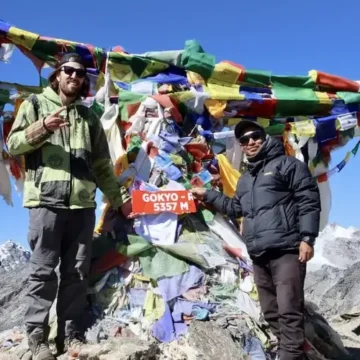

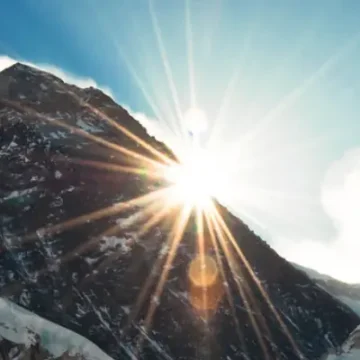
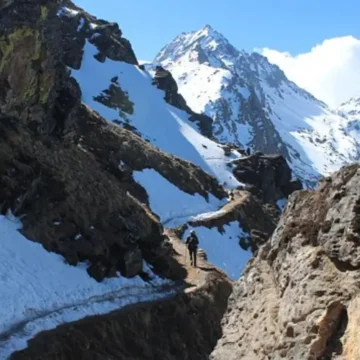


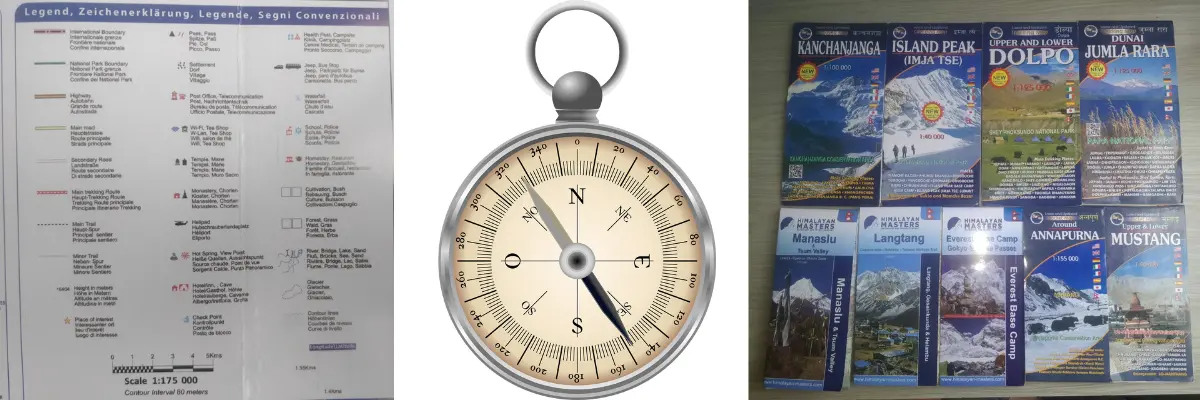
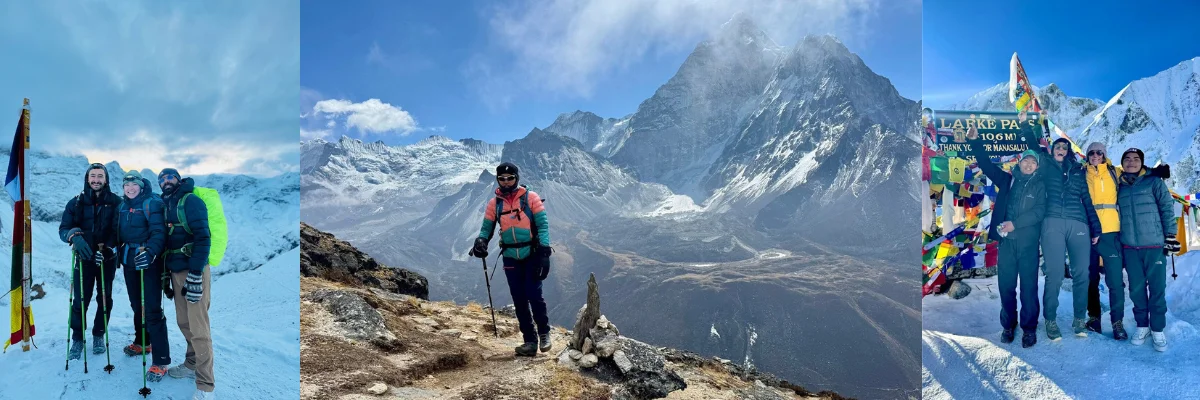
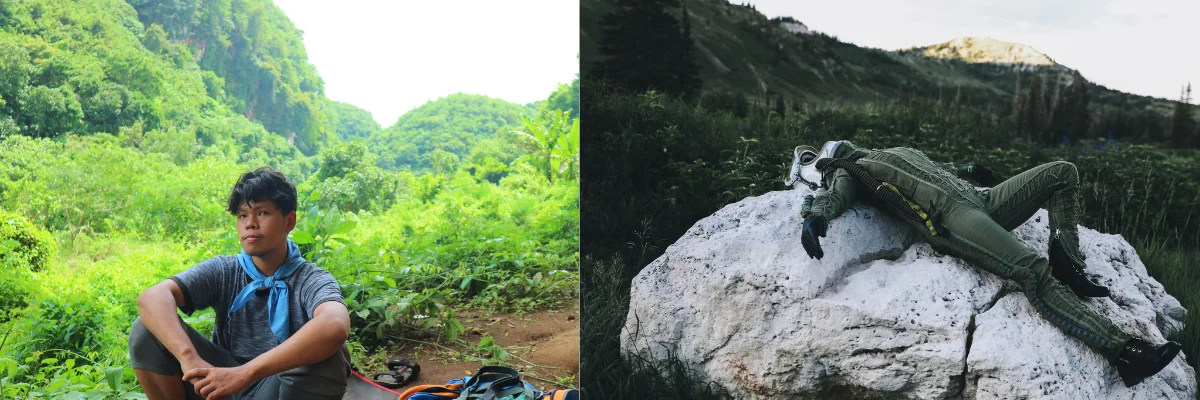
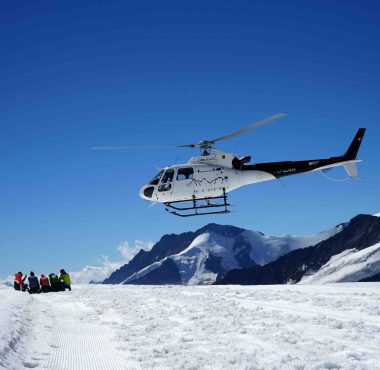
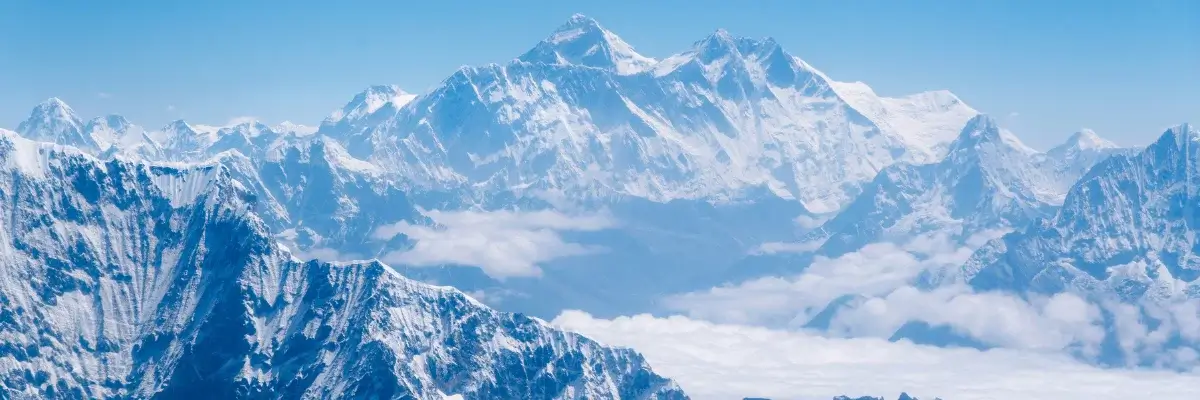
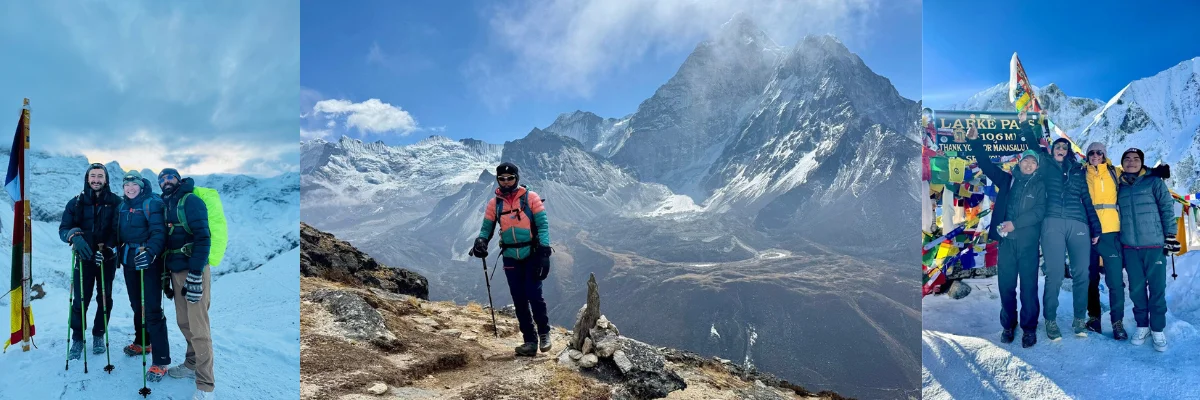
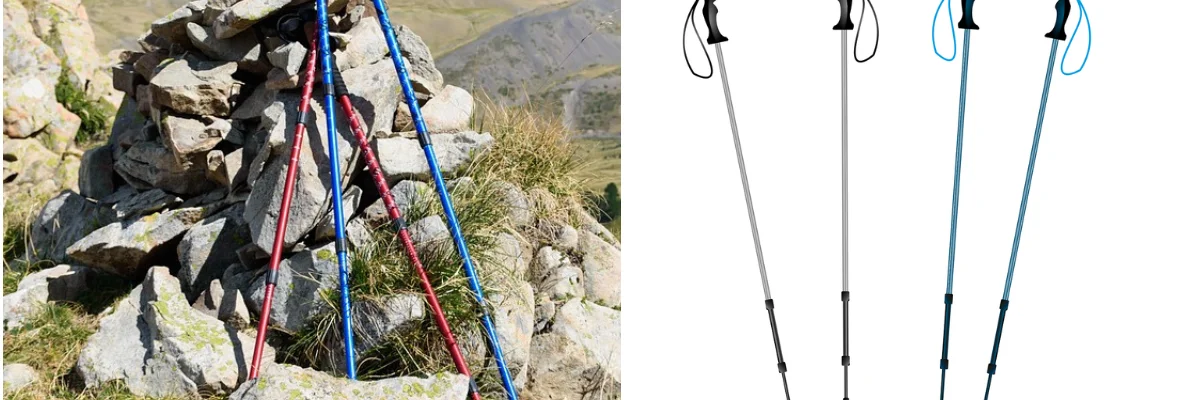










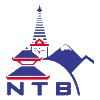



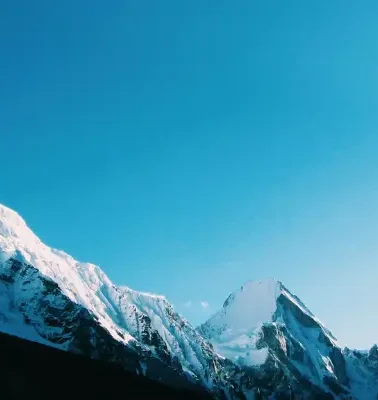
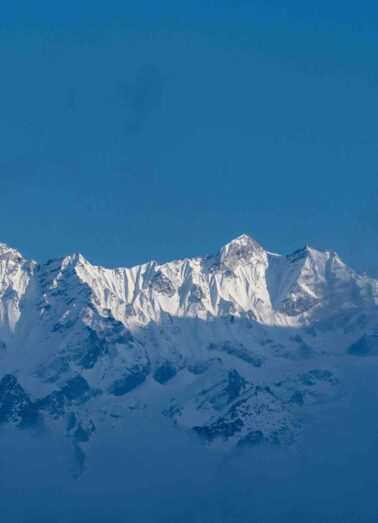
Leave Your Comment